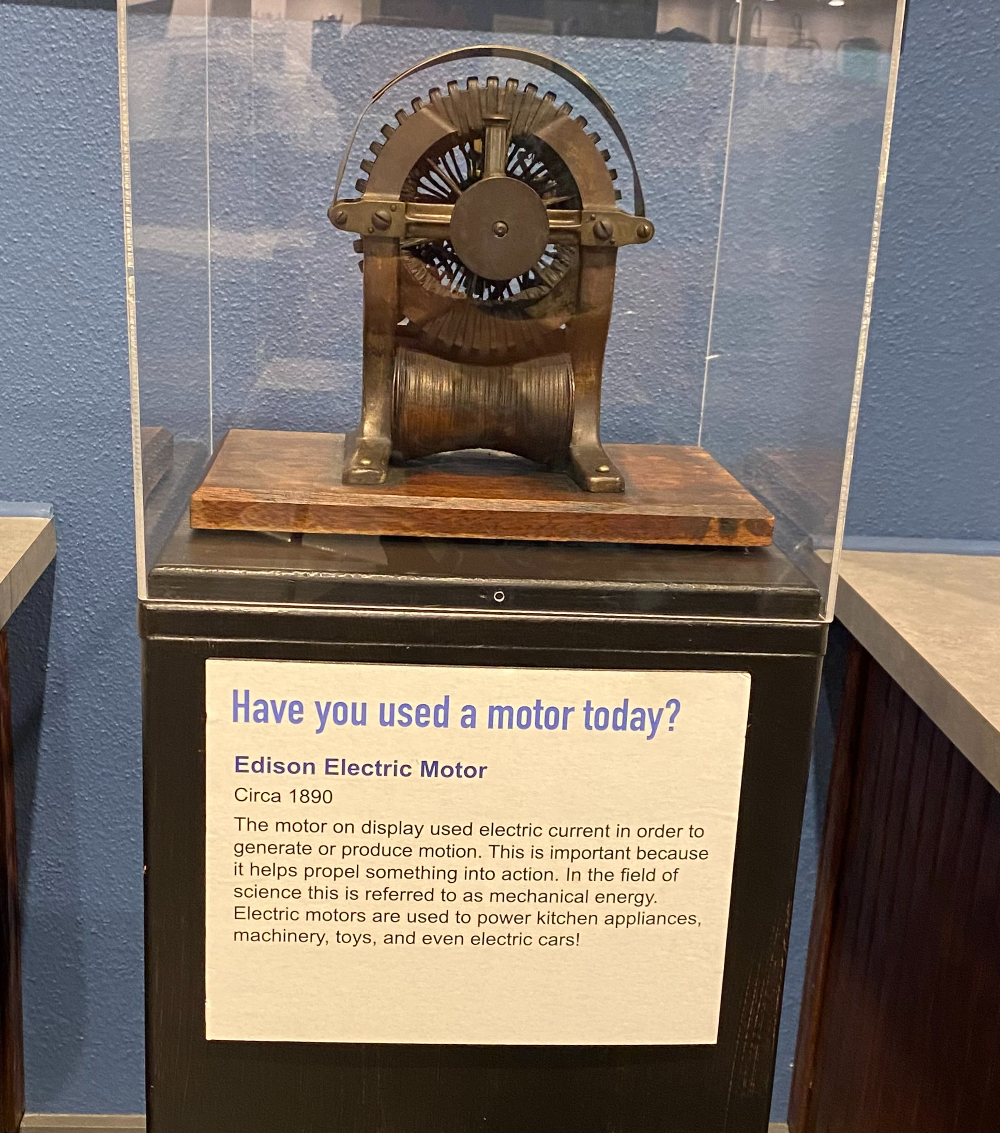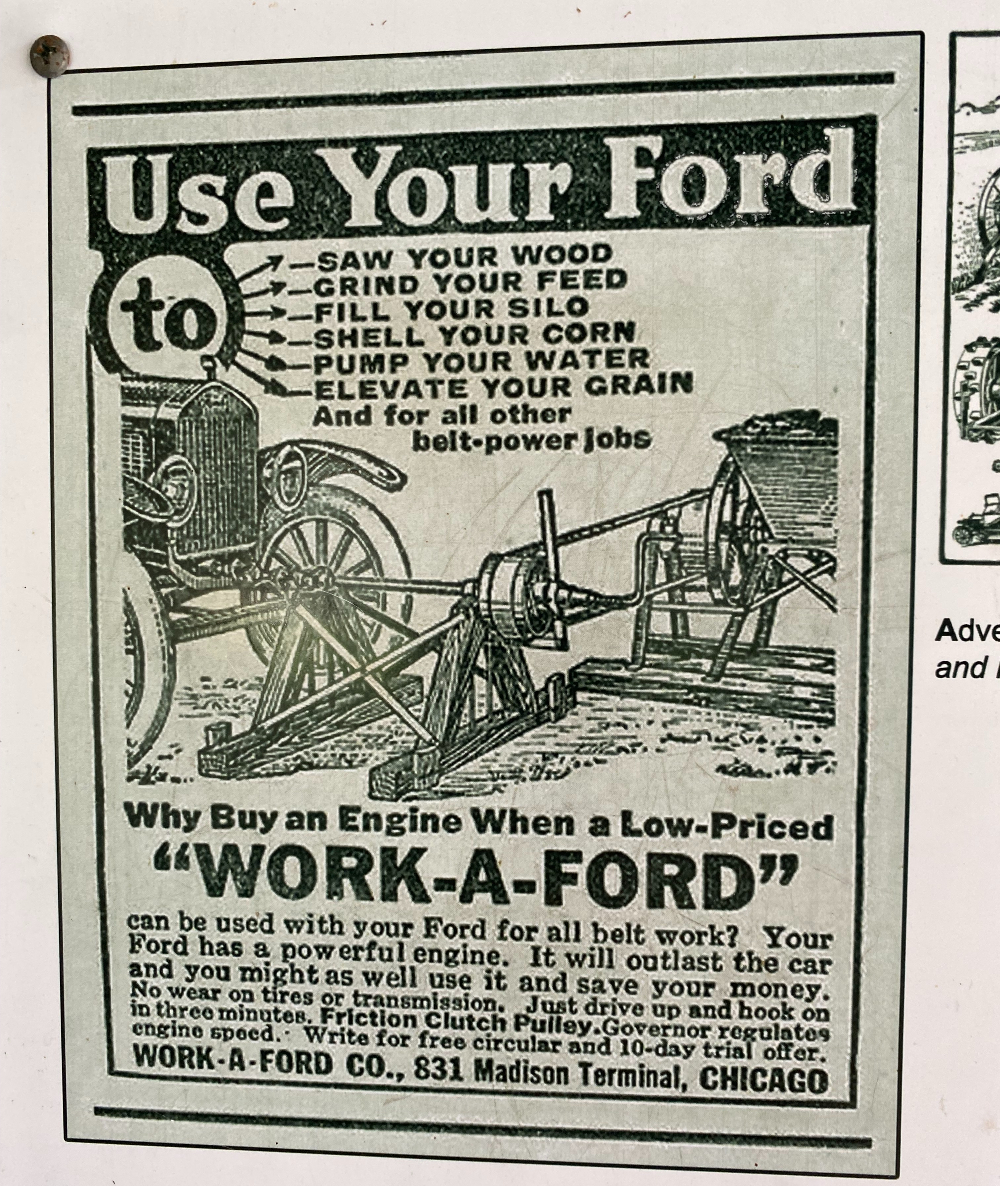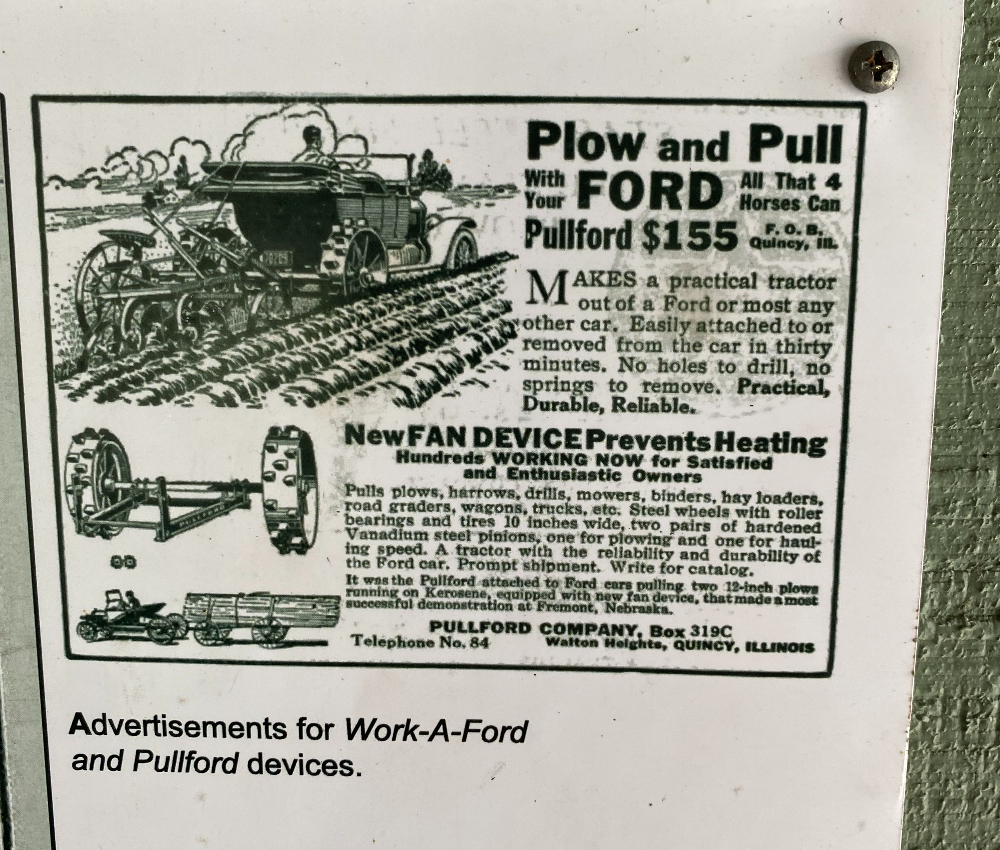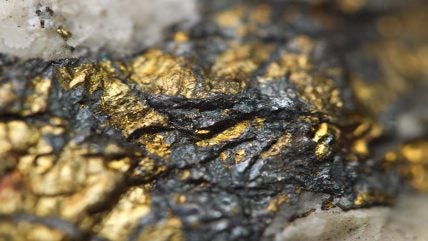Sign up for daily news updates from CleanTechnica on email. Or follow us on Google News!
Have you ever noticed how when you hear a new thing, suddenly you are hearing it everywhere? A few days ago, I visited the Edison Ford museum in Fort Meyers, Florida. My wife and I were visiting friends and they suggested it would make an interesting day trip. They were right. The museum is a treasure. Unlike the 100-room “summer cottages” the wealthy built for themselves in Newport, RI, Edison constructed a fairly simple wooden frame house on the shores of the Caloosahatchie River near Fort Meyers, Florida. Later, Henry Ford bought the house next door and the two families spent many winters together in Fort Meyers.
Unlike those swells in the north, whose most momentous concern of the day was whether their yachting shirts were properly starched, this location was not just a winter home for him and his family, it was also a working laboratory where Edison employed a contingent of researchers to pursue his dream of finding a way to make rubber from plants grown in the US. It is no exaggeration to say that 100 years ago, the search for domestic sources of rubber was akin to the search for domestic sources of lithium today. Edison is famous for pointing to the word “laboratory” on a sign and telling his employees, “More labor, less oratory.”
Edison was a prolific inventor who had over 1000 patents to his credit when he died. He spent much of his life searching for a filament for his electric light bulb. His contemporaries snickered that his search was a colossal boondoggle, but his response was that he now knew 10,000 things that did not work, and so he was that much closer to finding one that would. The one invention he was most proud of was not the electric light bulb, but the phonograph, which he thought would be the one he would be remembered for.
Edison was a passionate advocate for direct current, but his DC electrical grid could only support lighting in buildings within a few blocks of the generating station. His competitor, George Westinghouse, promoted the idea of alternating current, which could be transmitted over longer distances. The two engaged in a lengthy round of patent infringement lawsuits before calling a halt to their antagonistic relationship. While electricity at the time was made primarily by burning coal or using diesel generators, Edison believed passionately in renewable energy. “I’d put my money on the sun and solar energy. What a source of power! I hope we don’t have to wait until oil and coal run out before we tackle that. I wish I had more years left,,” he said in 1920. What a prescient statement!
Edison was a strong supporter of renewable energy to power his electric inventions. He used small wind turbines when he could. His home in Fort Meyers was lighted by elaborate ceiling fixtures he called electriliers — short for electric chandeliers and he kept an electric launch at the end of the pier in front of his winter home.
Solar For Thomas Edison Birth Home
Thomas Edison was born in Milan, Ohio in 1847, but spent much of his life in his home and laboratory in West Orange, New Jersey, where he died in 1931. Solar power was not available when he started his experiments with electricity, but to honor his forward thinking, SolarEdge and Meyer Burger have installed solar panels at the house where Edison was born, bringing his dream of electric power full circle. In an email to CleanTechnica today, the two companies announced that Thomas Edison’s birthplace and museum in historic Milan, Ohio, is now officially powered by solar energy, paying homage to Edison’s monumental contributions to the development and innovation in electricity.
The Edison home solar project was made possible by the donations of several forward-thinking solar manufacturers and installers, including SolarEdge, which provided the SolarEdge Home inverter and Power Optimizer solution, Meyer Burger, which provided the rooftop solar panels, as well as Unirac, which donated the solar racking system. National Renewable Energy Partners generously donated its expertise and labor to ensure the seamless installation of this cutting edge solar technology.
The benefits of this project extend beyond simply saving money on the museum’s monthly electric bills. Edison’s birthplace and museum will now offer visitors an opportunity to understand his groundbreaking electricity discoveries in a journey that includes solar. Edison’s solar energy installation will become a staple of the museum itself, and visitors will have the unique opportunity to learn more about Edison’s historic affinity for optimizing and exploring the most efficient, energy sources. Edison’s legacy, as a pioneer in energy innovation, lives on in his birthplace, which is now powered by the sun — a vision he did not live to see, but no doubt would have been inspired to see.
Ron Cull, a board member of the Thomas Edison Birthplace Museum, inspired this project. He wanted to integrate solar power into this landmark, as a means to strengthen and reiterate Edison’s visionary work on the evolution of electricity. “By incorporating solar energy into the framework of the museum, we are not only embracing sustainability but also enriching the story of electricity, from its inception to its modern day applications,” said Cull.
“We are thrilled to be part of this visionary project,” remarked Michelle Graef, senior marketing manager of Meyer Burger, the Swiss company that manufactures some of the most advanced solar panels in the world. “By harnessing the power of the sun, we are honoring Thomas Edison’s legacy while advancing the cause of renewable energy.”
SolarEdge is the pioneer in renewable energy innovation, and was thrilled to collaborate in this project as a way to embody and realize the company’s mission. “Our joint effort with Meyer Burger and the Thomas Edison Birthplace Museum underscores our commitment to sustainable energy solutions,” said Bertrand Vandewiele, general manager of SolarEdge North America. “Together, we are illuminating the path towards a cleaner, greener future[DN5] [SS6] through showcasing the possibilities of sustainable alternatives to power generation.”
Robert Wheeler, President of Board of Trustees, Edison Birthplace Association Inc., said, “We are making Edisons’ dream come true. We are powering history at the Edison Birthplace in a new way, thanks to SolarEdge and Meyer Burger.” William Matthews, president of National Renewable Energy Partners, added, “As we install solar panels on the very home where Thomas Edison’s legacy sparked generations of innovation, we are reminded of the enduring power of human ingenuity and its capacity to evolve. Today, we harness this spirit not only to create but to conserve, ensuring our planet remains as vibrant and full of potential as the light bulb once was to a darkened world.”
The installation of a solar system at the Thomas Edison Birthplace Museum represents a significant milestone in the journey towards a sustainable future. Through innovation, collaboration, and a shared commitment to environmental stewardship, Meyer Burger, SolarEdge, and the local community are illuminating the legacy of one of history’s greatest inventors.
Thomas Edison, Visionary

Thomas Edison could peer into the future and see things others could not — homes and buildings powered by electricity instead of gas lamps and coal furnaces. The phonograph, domestic sources of rubber, and motion pictures, among hundreds of others. His indefatigable quest for discovery brought him into close contact with Henry Ford, another visionary who could foresee what others were unable to.
At the Edison Ford museum in Fort Meyers, I was struck by two advertisements for Ford cars, showing them serving as the power source for sawmills and farming equipment (many skiers of a certain age will recall being transported up a ski slope by a rope-tow powered by a Model T engine). That made me think of the how electric cars today are capable of powering homes and stabilizing the grid thanks to vehicle-to-home and vehicle-to-grid technology. I couldn’t help but think that somewhere Thomas Edison is smiling and would have been an enthusiastic supporter of the EV revolution he helped start many years ago.


Have a tip for CleanTechnica? Want to advertise? Want to suggest a guest for our CleanTech Talk podcast? Contact us here.
Latest CleanTechnica.TV Videos
CleanTechnica uses affiliate links. See our policy here.





